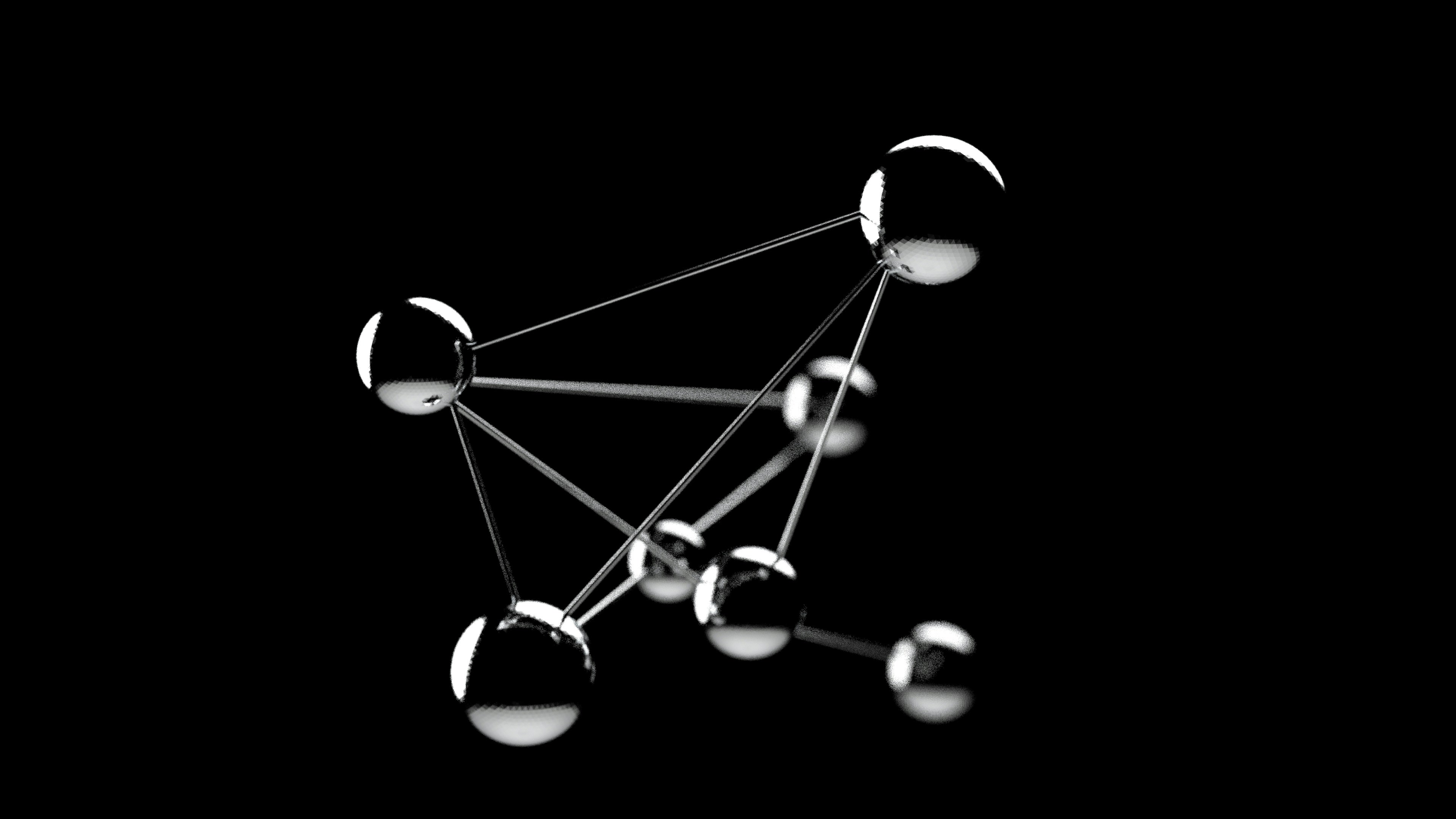Description
- Employment type: Permanent
- Employment basis: Full Time
- Salary: Competitive Salary and Excellent Benefits
- Standard Hours: Flexible Working / 40 hours per week
Responsible for the Structural Analysis and Mechanical design integration of design changes to aerostructures and parts. All designs are to be in accordance with the technical requirements along with ensuring compliance to the airworthiness requirements.
Key Responsibilities
Structural Design Engineering:
- Develop structural analysis for proposed design schemes, including modelling and reports.
- Simulate structural analysis using CAD tools.
- Create structural analysis reports to support compliance to the requirements for any given design change or repair
- Create repairs schemes for structural repairs to reinstate the initial state of airworthiness post structural damage
Mechanical Design Engineering:
- Develop mechanical design schemes, including detailed and assembly drawings, for aircraft modifications.
- Design detailed parts and assemblies using 2D and 3D CAD tools.
- Create design documentation e.g Modification embodiment Instructions, instruction for continued airworthiness and any associated documentation.
- Create design support verification documentation for a modification e.g Test Plans, Design Office Instructions (DOI), and Design Specifications
- Ensure all mechanical design documentation is technically accurate, self-checked, and verified for completeness.
- Identify and correct errors, inconsistencies, and non-conformities in design documentation.
- Ensure that design solutions meet the required tolerancing, material selection, geometric dimensioning & tolerancing (GD&T), and meet manufacturing, assembly, and maintenance requirements.
- Ensure all mechanical design documentation complies with the relevant airworthiness requirements
- Troubleshoot and resolve technical issues related to mechanical design.
- Analyse and determine corrective actions for Design Query Forms (DQFs), Non-Conformance Reports (NCRs), Production Permits, and Concessions related to mechanical design.
- Collaborate with suppliers, engineers, and stakeholders to ensure designs align with program objectives and manufacturing feasibility.
- Provide practical design solutions to technical problems with minimal supervision.
General:
- Providing guidance and support to Associate Engineers and Graduate Engineers
- Assist in training and mentoring new engineers, fostering knowledge sharing and professional growth
- Liaison with all other technical disciplines within the Design Office to produce coherent and comprehensive design solutions and packages
- Liaison with all other departments e.g production and installation engineers in matters relating to projects to ensure smooth implementation of design requirements
- Communicate effectively with all members of your team and the business alike, identify early potential risks, seek clarification of you are unsure and provide feedback on all aspects of the business to your line manager.
- Assist Head of Technical Project to deliver projects to time and cost for all aspects of the project.
- Undertake and successfully pass appropriate training applicable to your role as communicated to you from time to time and proactively identify training opportunities for your own advancement and self-improvement.
Skills, Knowledge and Expertise
- Degree or HND/HNC or OND/ONC in aerospace engineering, or extensive years related industrial experience
- Experience in producing designs for Mechanical integration
- Experience in producing schemes for Structural repairs
- Knowledge of Mechanical and Structural integration on GA Aircraft
- Knowledge of the functionality of Mechanical design and Structural analysis techniques systems
- Have a clear understanding of aircraft component and/or system design requirements, materials, and manufacturing processes.
- IT competent (i.e., Microsoft applications Word, Excel, and Visio etc.
- A working knowledge of CAA PT21J Design Approval
- Full UK driving licence required
- Travel to other sites as and when required
Benefits
- 36 annual leave days (inclusive of Bank and Public Holidays)
- Contributory pension scheme with a salary sacrifice option
- Private healthcare scheme
- Flu vaccination
- Dental and optical cover
- Employee Assistance Program
- Support with learning and professional development (courses and licenses)
- Health screening and therapies
- Digital GP
- Referral bonus
Britten-Norman is a reputable aircraft brand that has been in the industry for over 60 years. With a strong focus on design and manufacturing, they have successfully built over 1,300 aircraft for customers in more than 100 countries worldwide. As the UK's only CAA A2 approved aircraft manufacturer, Britten-Norman offers a range of quality products and services. Their aircraft lineup includes the Islander, which has been enhanced and rebranded as the Defender 4000, combining the simplicity of single pilot operation with the capabilities of a small airliner. The Defender 4000 boasts increased capacity, higher weight allowance, and the latest sensors and technologies, making it a flexible surveillance platform. Britten-Norman also provides comprehensive support to its customers, with field servicing, training, and modifications/upgrades available. They have a dedicated training department that offers expert EASA and OEM approved training for pilots, mission operators, and technicians. Additionally, they prioritize innovation and are currently involved in various Research and Development programs. With facilities in Asia, America, and Europe, Britten-Norman is able to cater to customers globally. Their commitment to excellence and their passion for pushing boundaries in aircraft design make them a top choice for those in the aviation industry.


